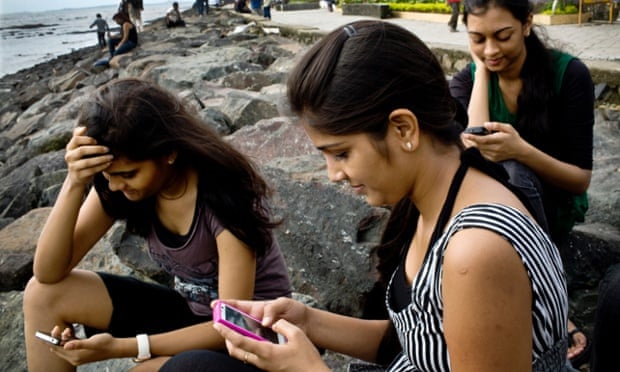Blended learning is about efficiently and effectively using available technological innovations and methods into course creations and delivery to enhance
the teaching and learning experiences for students, parents and teachers by encouraging them to interact and engage in ways that would not normally be available or effective in their conventional environment.
In several instances the attempts of “blending” achieves better student experiences and results, and better teaching and course curation.
It can involve a balanced used of different delivery modes, teaching techniques and learning methods.
Technology innovations provide new avenues for teachers to deliver and/or design their courses.
This supports and enhances the teachers’ role, the students’ individual learning experiences, as well as the social ecosystem; three key elements in successful learning and teaching.
Blended learning technologies can:
1) Broaden the domain and opportunities available for learning;
2) Enhance course management activities (e.g., communication, assessment submission, marking and feedback);
3) Effectively provisions information and resources to students;
4) Engage and motivate students through interactivity and collaboration.
Click here: to know how ePrabodh.in can help you achieve these
Therefore it is not just about using technology because it is available but blended learning is about exploring better ways of supporting students in reaching the learning objectives and giving them the best learning and demonstrating experiences, and furthermore supporting instructors in their part (numbering the organization and association of courses).
Clearly, the mix of blended learning in courses will really change according to such components as: educate, year level, understudy traits and requirements,
course or program learning objectives, and the educational's approach to manage teaching, and assurance and association in using development.
the teaching and learning experiences for students, parents and teachers by encouraging them to interact and engage in ways that would not normally be available or effective in their conventional environment.
In several instances the attempts of “blending” achieves better student experiences and results, and better teaching and course curation.
It can involve a balanced used of different delivery modes, teaching techniques and learning methods.
Technology innovations provide new avenues for teachers to deliver and/or design their courses.
This supports and enhances the teachers’ role, the students’ individual learning experiences, as well as the social ecosystem; three key elements in successful learning and teaching.
Blended learning technologies can:
1) Broaden the domain and opportunities available for learning;
2) Enhance course management activities (e.g., communication, assessment submission, marking and feedback);
3) Effectively provisions information and resources to students;
4) Engage and motivate students through interactivity and collaboration.
Click here: to know how ePrabodh.in can help you achieve these
Therefore it is not just about using technology because it is available but blended learning is about exploring better ways of supporting students in reaching the learning objectives and giving them the best learning and demonstrating experiences, and furthermore supporting instructors in their part (numbering the organization and association of courses).
Clearly, the mix of blended learning in courses will really change according to such components as: educate, year level, understudy traits and requirements,
course or program learning objectives, and the educational's approach to manage teaching, and assurance and association in using development.






